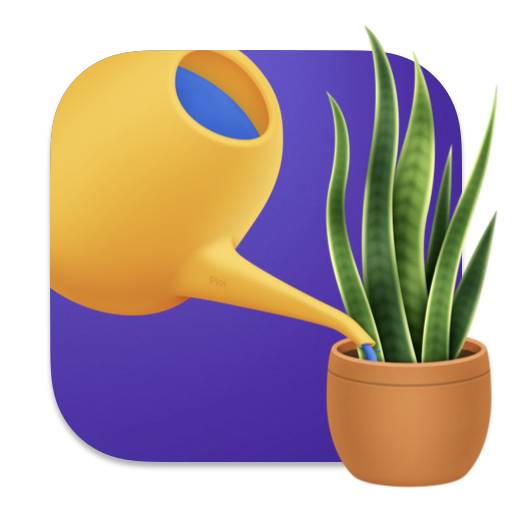Malus domestica aka Paradise Apple
Taxonomy ID: 1376
Malus domestica, also known as the apple, is an edible fruit produced by an apple tree which originated in Central Asia, where its wild ancestor, Malus sieversii is still found today. Apples have been grown for thousands of years in Asia, Europe and North America and are the most widely grown species in the genus Malus. There are more than 7,500 known cultivated varieties of apples, grown for many uses including cooking, eating raw, cider production and as a popular houseplant as it is relatively simple to grow and needs regular watering to thrive. Apples have religious and mythological significance in many cultures and generally, apple cultivars are propagated by clonal grafting onto rootstocks to control the speed of growth, size of the tree and quality of the fruit. Apple trees are prone to fungal, bacterial and pest problems, which can be controlled by a number of organic and non-organic means. In 2010, the fruit's genome was sequenced and worldwide production of apples in 2021 was 93 million tonnes, with China accounting for nearly half of the total.
Common names
Paradise Apple, Apple, Common Crabapple, Domesticated Apple, Table AppleMore information about Paradise Apple
How difficult is it to take care of Paradise Apple
Paradise Apple presents a moderate level of care, which allows plant enthusiasts with some experience to expand their skills and knowledge.
What is the growth pattern and size of Paradise Apple?
Paradise Apple grows vertically and new growth emerges from the top of the plant.
What is the region of origin of Paradise Apple
Paradise Apple’s native range is A hybrid of garden origin, mainly involving M. sylvestris and M. pumila[200]..
What are the water needs for Paradise Apple
Paradise Apple should be watered regularly, allowing the soil to dry out between waterings.
What is the right soil for Paradise Apple
Paradise Apple requires special care to keep it thriving. Its sensitivity to dry soil means that you need to be especially careful when it comes to selecting the right potting soil. Look for a soil that will retain moisture, but is also well-draining. A good potting soil should have plenty of organic material, such as coco coir or sphagnum moss, which will help to keep the soil moist and provide extra nutrition for your plant. When planting your Common Crabapple, make sure to mix the soil with some compost or manure to give it an extra boost of nutrients. Additionally, you should water your plant often to ensure that the soil remains moist. With the right care and attention, your Paradise Apple will bloom beautifully in your home.
What is the sunlight requirement for Paradise Apple
To ensure optimal growth, the Paradise Apple prefers bright diffused light for 6-8 hours each day. Insufficient light can result in slow growth and leaf drop, so it's important to find a well-lit location for this plant. Place it near a window, within a distance of 1 meter (3 feet), to enhance its potential for thriving.
How to fertilize Paradise Apple
The growth rate of Paradise Apple is slow and it doesn't necessitate additional fertilizing. By changing the soil in its pot annually, the plant should be provided with adequate nutrition. It is crucial to keep in mind that plants derive their energy from the sun, not fertilizers.
Is Paradise Apple toxic to humans/pets?
The toxicity level of this plant has not been officially confirmed by Ploi. If there is a possibility of ingestion of plant material with an uncertain toxicity by you, a family member, or a pet, it is advisable to seek the assistance of a medical professional.
What seasonal care does Paradise Apple need?
During the wintertime, it's common for Paradise Apple to go dormant and their growth may slow down, so waterings should be spaced out more.
More Species in Malus Genus

Malus prunifolia Chinese Apple

Malus spectabilis Chinese Crab

Malus coronaria Sweet Crab Apple

Malus pumila Apple
Mazzaella minima Siberian Crab Apple

Malus sieversii

Malus ioensis Iowa Crab Apple

Malus micromalus Kaido Crab Apple

Malus domestica Paradise Apple



